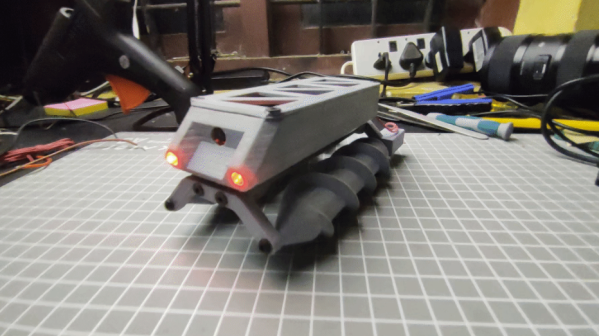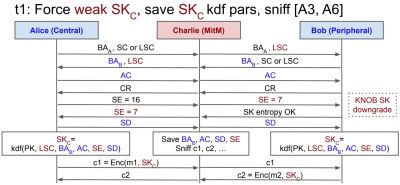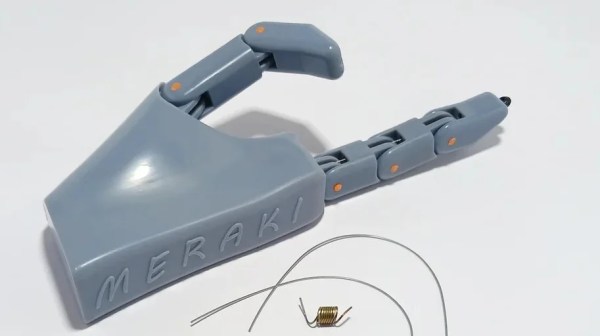Did you manage to make it down to Hackaday Supercon 2023? Maybe you did, and maybe you had a great time hacking away on the badge. [Dan] and ex-Hackaday alumnus [Mike Szczys] certainly did, with the guys from Golioth adding cellular connectivity to the hardware and developing a community art project.
The badge was hooked up over I2C to a Golioth Aludel Mini, which is a prototyping platform featuring a Sparkfun nRF9160 cellular modem. A custom Micropython implementation was compiled for the badge so that the badge could act as an I2C peripheral to be queried by the Aludel Mini. The sketch app on the badge was tweaked to allow the small pictures it created to be be uploaded to a cloud site called Badgecase, programmed in Rust. Amusingly, it turns out the sketch app uses a rectangular workspace, though you only see a circular section of it on the Supercon badge’s awesomely round display.
Much of the hack is happening off-board from the badge itself, but it’s a neat piece of work that shows how easy cellular connectivity is to implement these days. We’ve seen some other great feats with the Vectorscope badge, and it looked great if you happened to 3D print a case for it, too. Video after the break.
Continue reading “Adding Cellular Connectivity To The Hackaday Supercon Badge”



















